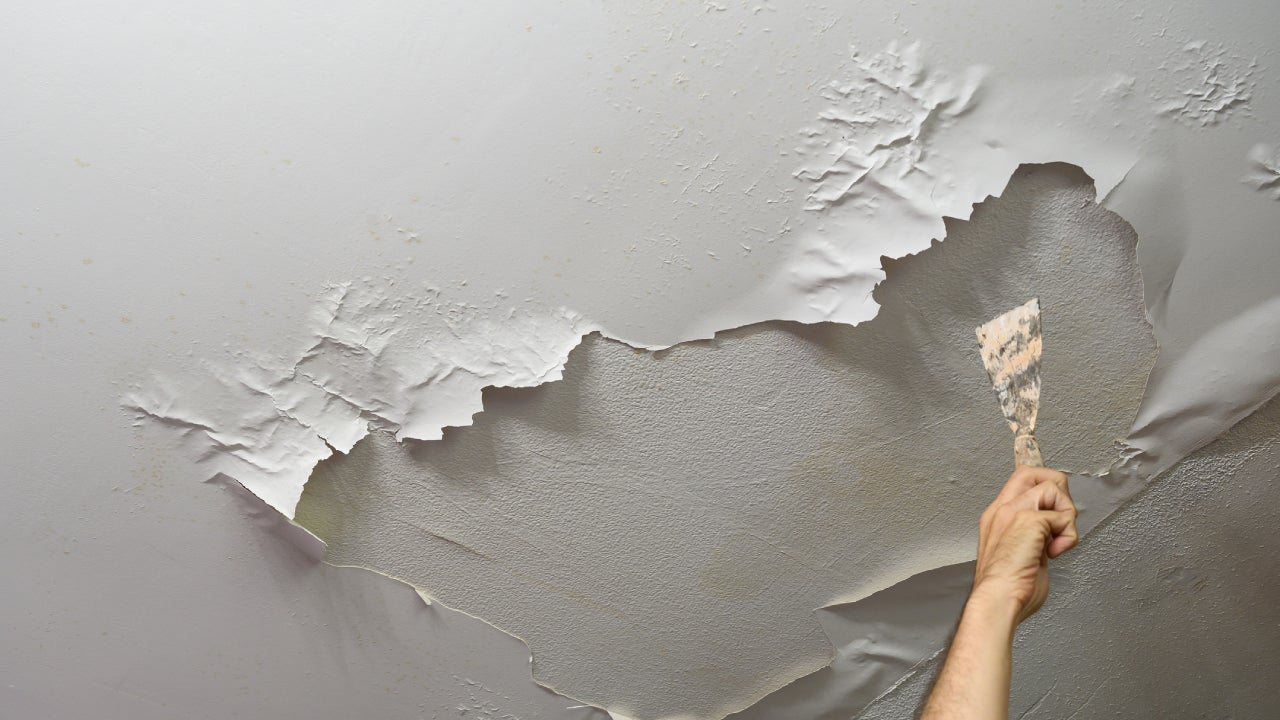6 Water Damage Reconstruction Do's and Don'ts.
6 Water Damage Reconstruction Do's and Don'ts.
Blog Article
Are you trying to find additional info on 5 Home Safety Tips To Reduce The Risk Of Fire And Water Damage?

Though water provides life, water breach on parts where it's not supposed to be can lead to damages. If the water soaks right into your structure, it can peel off away surface areas and also wear down the structure. Mold as well as mold also thrive in a moist setting, which can be hazardous for your health and wellness. Residences with water damage odor moldy and also old.
Water can originate from several resources such as hurricanes, floods, ruptured pipelines, leakages, and also sewage system issues. In case you experience water damage, it would be great to understand some safety and security preventative measures. Here are a few guidelines on exactly how to take care of water damage.
Do Prioritize House Insurance Coverage Insurance Coverage
Water damages from flooding as a result of hefty winds is seasonal. However, you can also experience a sudden flood when a defective pipe unexpectedly ruptures into your home. It would certainly be best to have residence insurance policy that covers both disasters such as natural disasters, and emergencies like busted plumbing.
Do Not Neglect to Shut Off Energies
In the event of a disaster, especially if you live in a flood-prone location, it would certainly be a good idea to turn off the major electrical circuit. This cuts off power to your entire residence, stopping electrical shocks when water can be found in as it is a conductor. Do not neglect to transform off the primary water line valve. Furniture will relocate around and create damage when floodwaters are high. Having the main shutoff turned off prevents more damage.
Do Stay Proactive as well as Heed Weather Signals
Storm floodings can be extremely uncertain. If there is a history of flooding in your area, stay aggressive as well as prepared. Listen to emptying warnings if you live near a river, creek, or lake . Obtain valuables from the very beginning and basement, after that put them on the highest feasible level. Doing so decreases possible home damages.
Don't Ignore the Roof
You can avoid rainfall damages if there are no holes and leakages in your roof covering. This will certainly stop water from streaming down your walls and also saturating your ceiling.
Do Take Notice Of Tiny Leaks
A burst pipe doesn't take place overnight. You may discover bubbling paint, peeling off wallpaper, water touches, water stains, or leaking noises behind the wall surfaces. Have your plumbing fixed prior to it results in huge damages.
Do Not Panic in Case of a Burst Pipeline
Keeping your clearheadedness is important in a time of situation. Because it will suppress you from acting fast, stressing will just worsen the problem. Timing is key when it comes to water damage. The longer you wait, the even more damages you can expect. Therefore, if a pipeline bursts in your home, quickly shut off your primary water shutoff to remove the source. After that unplug all electrical outlets in the location or switch off the circuit breaker for that part of your home. Finally, call a credible water damages reconstruction specialist for support.
Water gives life, water intrusion on parts where it's not supposed to be can result in damage. Homes with water damage smell stuffy and also old.
Water damages from flooding fees to heavy winds is seasonal. You may discover bubbling paint, peeling wallpaper, water touches, water discolorations, or trickling audios behind the wall surfaces. When it comes to water damage, timing is key.
Some Do's & Don't When Dealing with a Water Damage
DO:
Make sure the water source has been eliminated. Contact a plumber if needed. Turn off circuit breakers supplying electricity to wet areas and unplug any electronics that are on wet carpet or surfaces Remove small furniture items Remove as much excess water as possible by mopping or blotting; Use WHITE towels to blot wet carpeting Wipe water from wooden furniture after removing anything on it Remove and prop up wet upholstery cushions for even drying (check for any bleeding) Pin up curtains or furniture skirts if needed Place aluminum foil, saucers or wood blocks between furniture legs and wet carpet Turn on air conditioning for maximum drying in winter and open windows in the summer Open any drawers and cabinets affected for complete drying but do not force them open Remove any valuable art objects or paintings to a safe, dry place Open any suitcases or luggage that may have been affected to dry, preferably in sunlight Hang any fur or leather goods to dry at room temperature Punch small holes in sagging ceilings to relieve trapped water (don't forget to place pans beneath!); however, if the ceiling is sagging extremely low, stay out of the room and we'll take care of it DO NOT:
Leave wet fabrics in place; dry them as soon as possible Leave books, magazines or any other colored items on wet carpets or floor Use your household vacuum to remove water Use TV's or other electronics/appliances while standing on wet carpets or floors; especially not on wet concrete floors Turn on ceiling fixtures if the ceiling is wet Turn your heat up, unless instructed otherwise

As a person who reads about Keeping Your Home Safe This Holiday Season, I figured sharing that piece of writing was really useful. Appreciated our post? Please share it. Help another person locate it. I treasure reading our article about Safety Tips To Prevent Fire And Water Damage.
Report this page